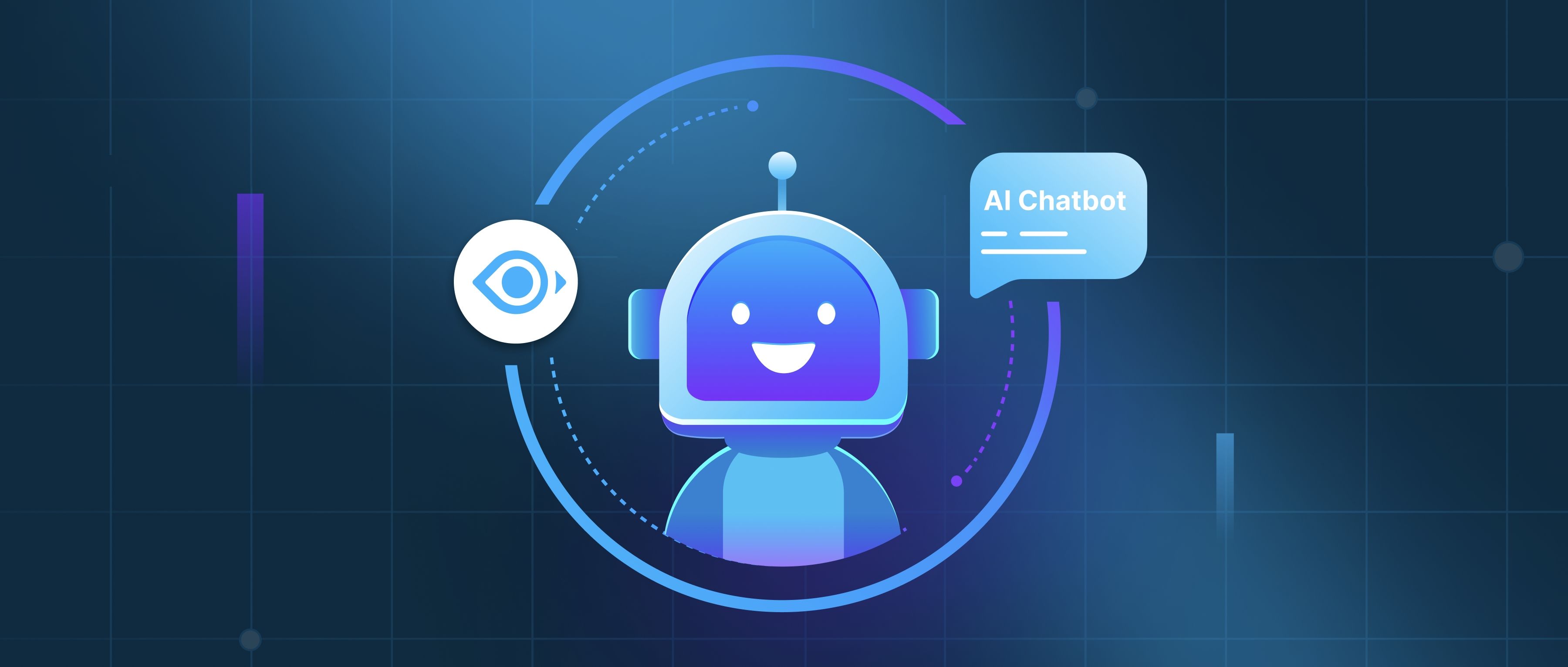Yes, LLM guardrails can be dynamically updated based on real-world usage, though this requires an infrastructure that allows for continuous monitoring and adaptation. One approach is implementing an active learning framework, where the system can identify new examples of harmful content or emerging language trends in real-time. When such examples are detected, the system can incorporate them into its training pipeline, retraining the model or adjusting its guardrails to prevent future occurrences.
Another method for dynamic updates is using feedback loops from users or human reviewers. This can be done by incorporating human-in-the-loop systems where flagged content is reviewed and used to improve the guardrails. Over time, these human evaluations can be used to retrain the model and adjust its filters, ensuring that the guardrails evolve to address new challenges and nuances in language use.
Additionally, techniques like reinforcement learning with human feedback (RLHF) can be applied to adapt guardrails based on user interactions. This allows the model to not only respond to user behavior but also to learn from it in real time, continuously improving its ability to block toxic or harmful content. By employing a combination of these techniques, LLMs can be kept up-to-date with real-world usage.
